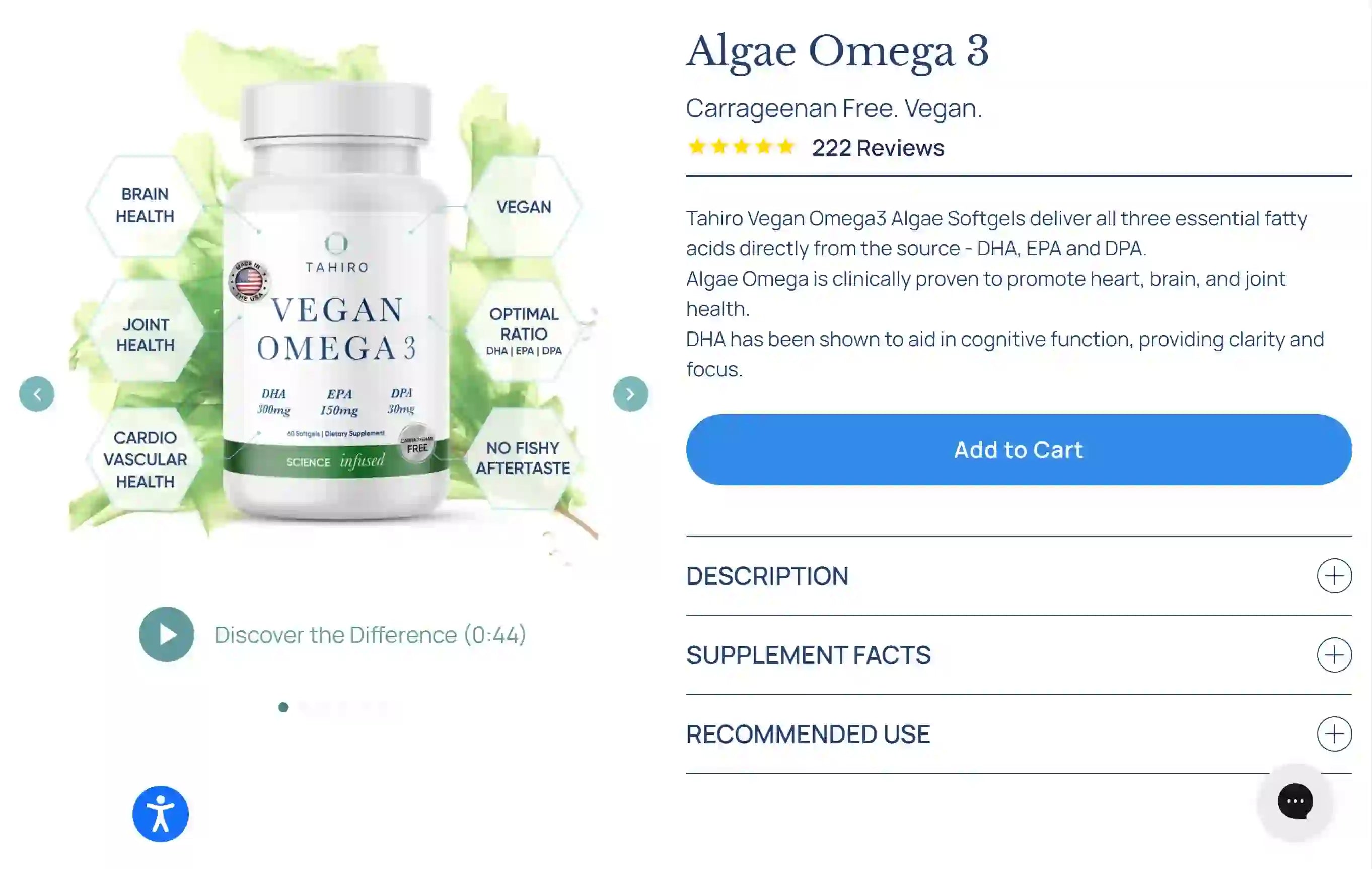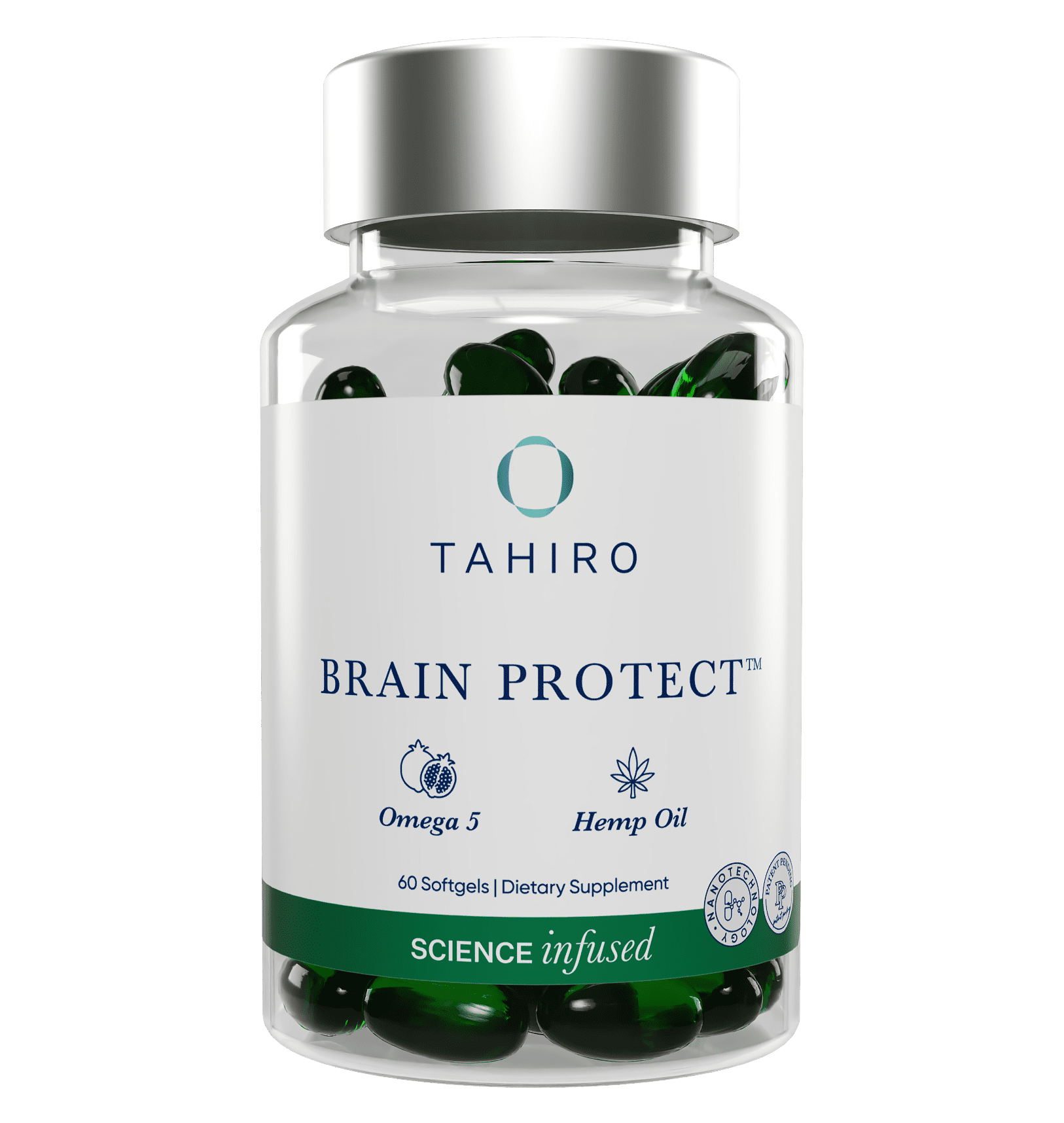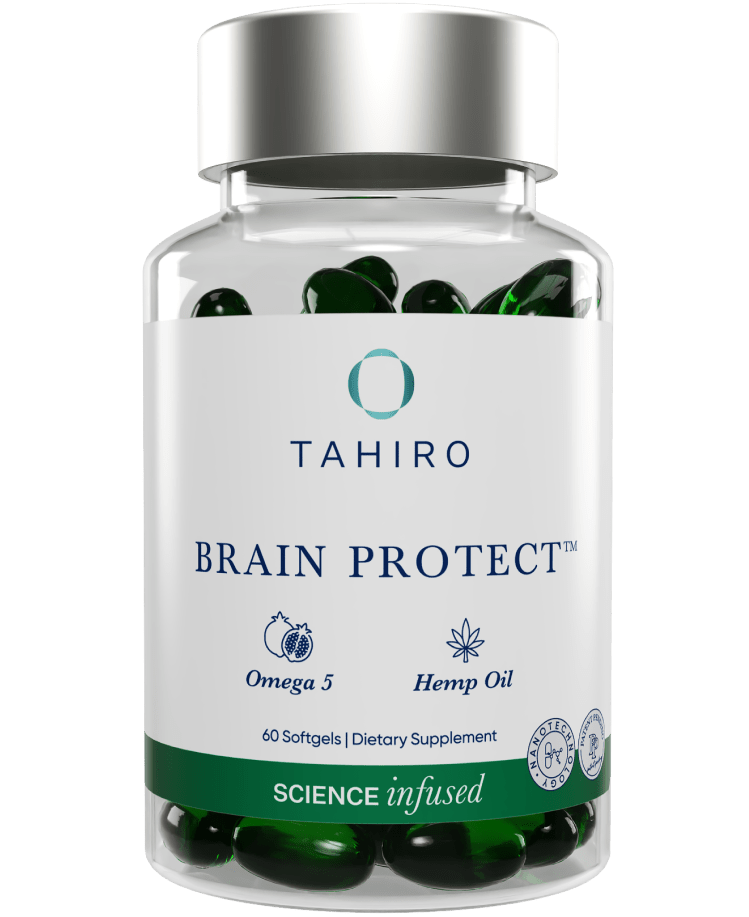Essential fatty acids provide a number of different benefits throughout the body, including being very important for brain function. In order to exert their beneficial actions in the brain, these compounds must first get from the bloodstream into the brain tissue.
The passage of fatty acids (and other nutrients) into the brain is complicated, because of a structure known as the blood-brain barrier (BBB). This barrier is intended to protect the brain from potentially harmful compounds in the blood that could interfere with brain function. Anything that can’t cross the BBB can’t get into the brain.
So how do fatty acids cross the blood-brain barrier? How are they able to get into brain tissue, so that they can exert their beneficial actions?
What is the blood-brain barrier?
The blood-brain barrier is a structure that’s particular to the central nervous system (the brain and spinal cord). It’s created by a difference in the walls of the capillaries, which are the very smallest blood vessels.
In most of the body, there are tiny spaces between the cells that form the walls of the capillaries. These spaces allow fluid to leak from the blood into the spaces around the cells of the body – along whatever is present within that fluid. In other words, in most of the body, there’s no control over what enters the tissue from the blood. Anything that’s in the blood has access to your cells.
However, in the brain, things are different. There are no spaces in the walls of the capillaries, and the cells are stuck tightly together. This means that fluid from the blood can’t simply leak into the brain. The walls of these capillaries are what form the structure we know as the blood-brain barrier, or BBB.
The BBB is important, because cells in the brain use certain chemicals to communicate with each other. If chemicals present in the blood were able to enter the brain – even in very small amounts – then they could potentially interfere with brain function. The BBB stops this from happening.
Of course, there are many different substances in the blood that the brain needs. How is the brain able to get its nutrients, if the BBB prevents substances from crossing into the brain?
Active transport of nutrients
In order to ensure that the brain gets what it needs, the cells in the walls of the capillaries actively choose particular substances to bring across the blood-brain barrier. These are taken from the blood, and are brought across the thin wall of the capillary into the fluid around the brain cells themselves.
This means that certain substances are actively selected to cross the blood-brain barrier, and everything else isn’t able to get across. Whenever you’re thinking about any particular food or supplement for brain function, it’s very important to consider whether it will be able to cross the BBB and actually get into the brain. If it can’t, then it doesn’t matter how much of it you consume; it will never even make it into your brain, so it won’t be able to do anything for your brain function.
How fatty acids cross the blood-brain barrier
Fatty acids are absolutely essential for brain function. In fact, brain tissue has the highest percentage of fats of any tissue in the body (besides fat tissue). 55% of the dry weight of the brain is made up of fats, and 35% of these fats are polyunsaturated fatty acids (like omega-3s, omega-5s, and omega-6s).
In order to keep cell membranes fluid and functioning well, the brain needs the right mix of fatty acids. Neurons (cells of the nervous system, including brain cells) are insulated with fat so that they can send electrical signals efficiently. Fatty acids are also important in signaling within the brain. They’re involved in the production of neurotransmitters, which are chemicals that neurons use to communicate with each other. They’re also important in the function of the immune system, and are sometimes used directly as signaling molecules, such as when neurons are injured.
Clearly, it’s important that neurons in the brain have the right fatty acids in order to function well. Cells in the brain are not able to manufacture many of their own fatty acids, so they need to get these from the bloodstream. This means that fatty acids must get across the blood-brain barrier, so that brain cells will have access to them.
This process is believed to occur in two main ways – through fatty acid transport proteins, and by directly entering the membranes of capillary wall cells. Researchers worked for years to figure out which of these mechanisms was the correct one, but it now appears that both of them are correct, and fatty acids can cross the blood-brain barrier in multiple different ways.
Fatty Acid Transport Proteins
There are specific transport proteins that take fatty acids from the bloodstream and transport them into the brain. These proteins are located in the membranes of the cells that line the brain’s capillaries. They actively take certain fatty acids across the blood-brain barrier.
These proteins are selective about which fatty acids they bring across the BBB. Experiments have shown that not all fats are transferred equally from the bloodstream into the brain. For example, saturated fats like palmitic acid and stearic acid don’t cross the blood-brain barrier very easily. There are even certain unsaturated fatty acids, such as oleic acid, that don’t make it across.
However, essential fatty acids do cross the blood-brain barrier readily. These include polyunsaturated fatty acids, like omega-3, omega-5, and omega-6 fatty acids. Because we know that these substances are very important for brain function, it makes sense that they’re selectively carried across the BBB by transport proteins.
Diffusion and transcytosis
There’s also another mechanism by which fats can cross the blood-brain barrier. Certain types of fats are able to enter directly into the cells that line capillary walls. To some extent, fatty acids can simply pass into these cells passively; because cell membranes are made up of fats, some fatty acids are able to pass through through a passive process known as diffusion.
In addition, small “pockets” of fat within the bloodstream can fuse with the membrane of a capillary wall cell. The fats forming the wall of the pocket, along with anything inside, will then enter into the cell. This is known as transcytosis. Whether or not this process occurs depends on various properties of the fat pocket, including its size and the particular fatty acids that are on the outside.








